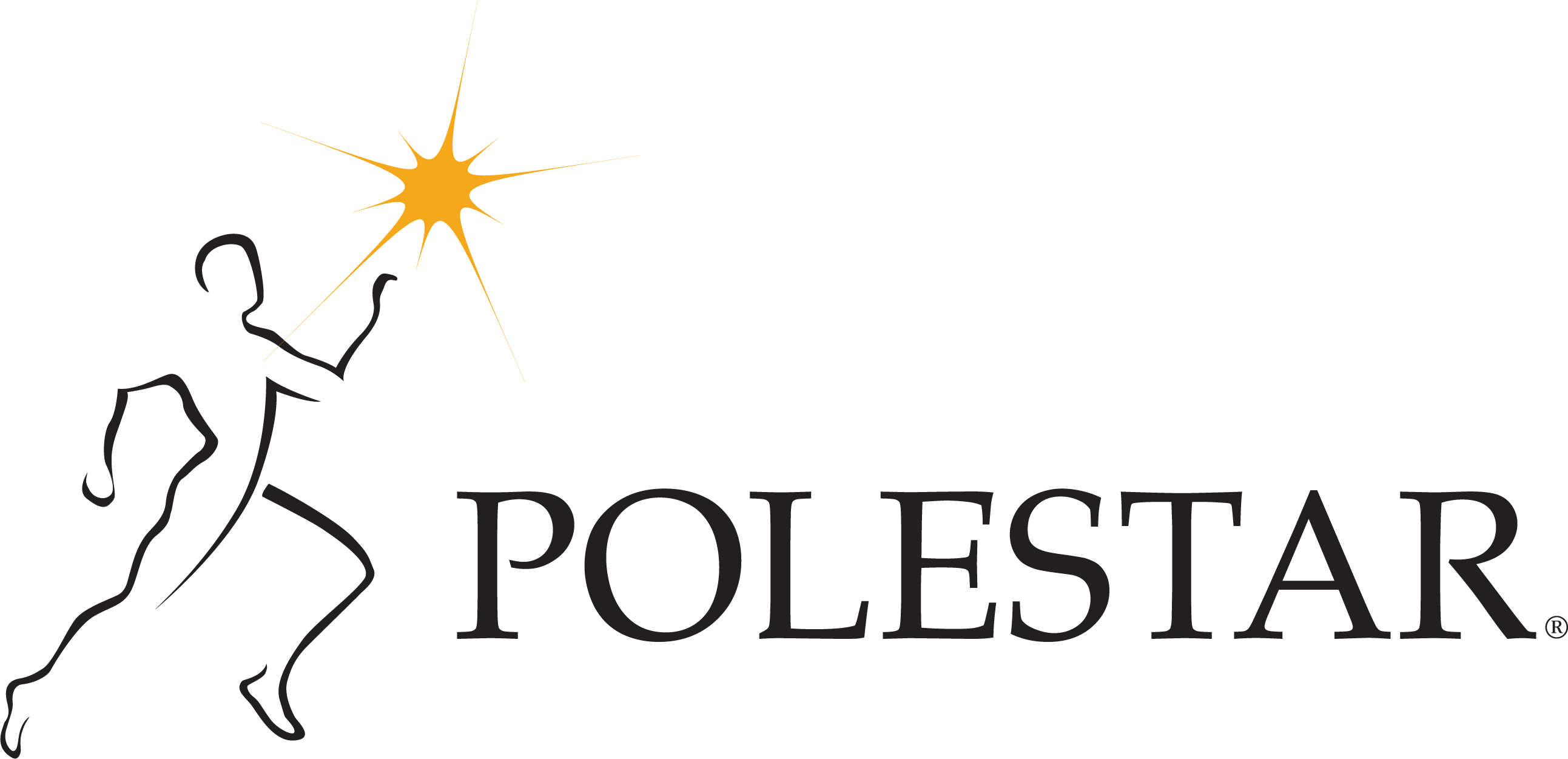
In our previous post we discussed various issues to consider in making your Pilates sessions, whether private group, or rehab, effective and safe.
In this post we delve into a few other factors to take into account when preparing a quality Pilates program.
Development of a Pilates -Based movement Program:
A successful movement program based on the Pilates repertoire acknowledges the different influences that create the context of the student’s motor response. Every human being, even with the same type of training, responds differently. Therefore, we will approach our programming from multiple perspectives.
1. Structural Level:
Movement affects different structures, whether bone, joint, muscle or myofascial. Each part of the human body has its own characteristics and it is essential to know how they work and how they mesh as part of a whole. We have known for some time that no movement occurs in isolation. Instead, it involves the entire body through the fascial system, which envelops and connects all body structures down to a cellular level.
The student’s whole body must be prepared to handle the work load you are going to propose in the session, so it’s important to make sure that all tissues have the capacity to support the planned training load. This is the basis for minimizing the risk of injury. We know that injuries occur in 80% of people who usually practice sports due to overload.
2. Motor Level:
Evaluating a client’s motor control system and functionality is important because each person has their own circumstances and a different way of adapting to them. Knowing the student’s motor ability helps us to set limits in terms of complexity and intensity of movements to better serve their needs. Our way of understanding movement goes far beyond the practice of some exercises, whether they be Pilates or other techniques. Our goal is to help people enjoy their daily activities whatever they may be, in their work, recreation, leisure, etc. Our classes should have a continuous challenge for our students in order to maintain their attention, which may include exploration of and beyond the Pilates repertoire.
One wonderful thing about Pilates is that instead of being limiting, like a table of exercises, it opens us up in innumerable ways through the variability of movement.
Repetitive sports (tennis, paddle, golf, horse riding, etc.), pain, injuries, sedentary life, etc. can limit us by generating and strengthening fascial restrictions. The open-ended style of the Polestar Pilates environment and philosophy and the variations of the exercises are a great ally in maintaining the health and openness of the different body systems. Our nervous system learns by repeating patterns as well as by exploring new options to move. Finding the balance between well-done repetitions and the inclusion of new movements is key. Remember that the motor learning of each person is different. Pilates is a very rich environment at the proprioceptive level, using the help of equipment and small tools to teach the nervous system new ways to improve their movement patterns or acquire new ones.
3. Experiential Level:
Taking into account the student’s previous experience is helpful when we analyze their motor skills and their way of moving. A person who has experienced pain before is very likely limiting their movements without knowing it, out of fear. Fear is a key factor when we talk about movement: having previously been injured or feeling pain conditions the motor response.
As teachers, we need to take into consideration the student’s beliefs and previous experiences (including negative experiences and injuries), as these all effect the student’s response to our movement proposal.
4- Medical Level – (Bad Prescription):
The recommendation of medical practitioners, traumatologists and physical therapists is not always adequate . There are still many who “prescribe” complete rest in injuries when science has shown recovery time can improve with an immediate, albeit gradual, addition of movement. So frequently students come to us because they don’t know what to do anymore and can’t stand anymore “total rest!” Likewise, it is true that communication between movement and health professionals is not as fluid as it should be. It is something that is changing, but we still have a long way to go.
5. Neuroscientific Level:
The ultimate goal of our work, as Pilates instructors or movement professionals, is to assist the student in their complete autonomy of movement. The goal is to provoke a positive movement experience that is capable of changing their habits and returning the mind and body back to their normal function.
Movement is an essential part of your life.
Using Pilates as a supplement to other sports like hiking, climbing or running can prevent injuries and pain otherwise suffered by folks who move with faulty or limited movement patterns. A regular Pilates practice carries into your daily routine and can work wonders in allowing you to continue moving throughout your life. Pilates improves brain function, because the brain creates the grace and agility of human movement. This is what neuroscientist Daniel Wolpert explains in his TED talk: “The brain evolves, but not to think and feel, but to control movement […] I believe that movement is the most important function of the brain, and that no one tells you otherwise. So, if movement is so important, do we understand well how the brain controls movement? And the answer is, we understand it very badly. It is a very difficult problem. ”
As you can see, there’s more to preparing good Pilates classes than can be done on a whim or at the last minute. What do you do to plan a good Pilates session? Do you follow some scheme? Do you have a trick?
Article prepared with the collaboration of our educators María Herranz and Blas Chamorro . Discover Polestar Pilates in Spain: Here



Leave a Reply